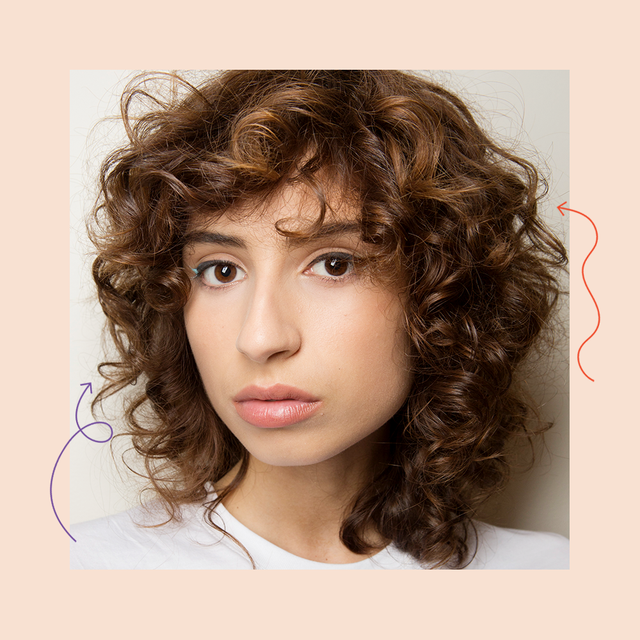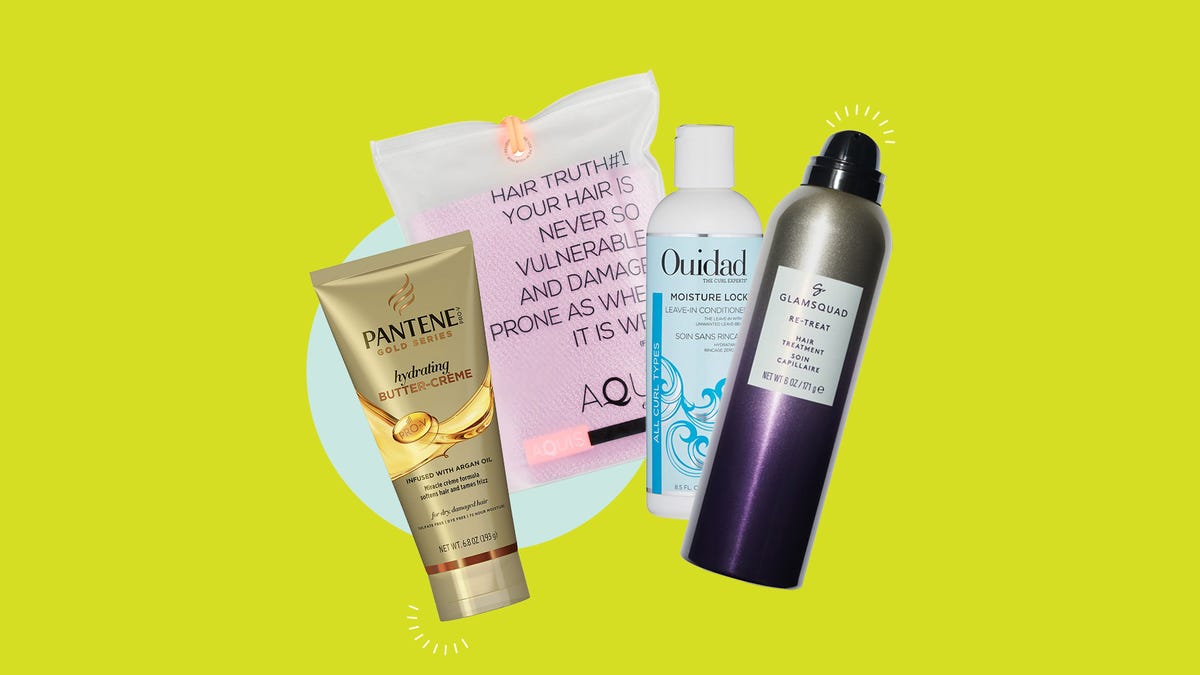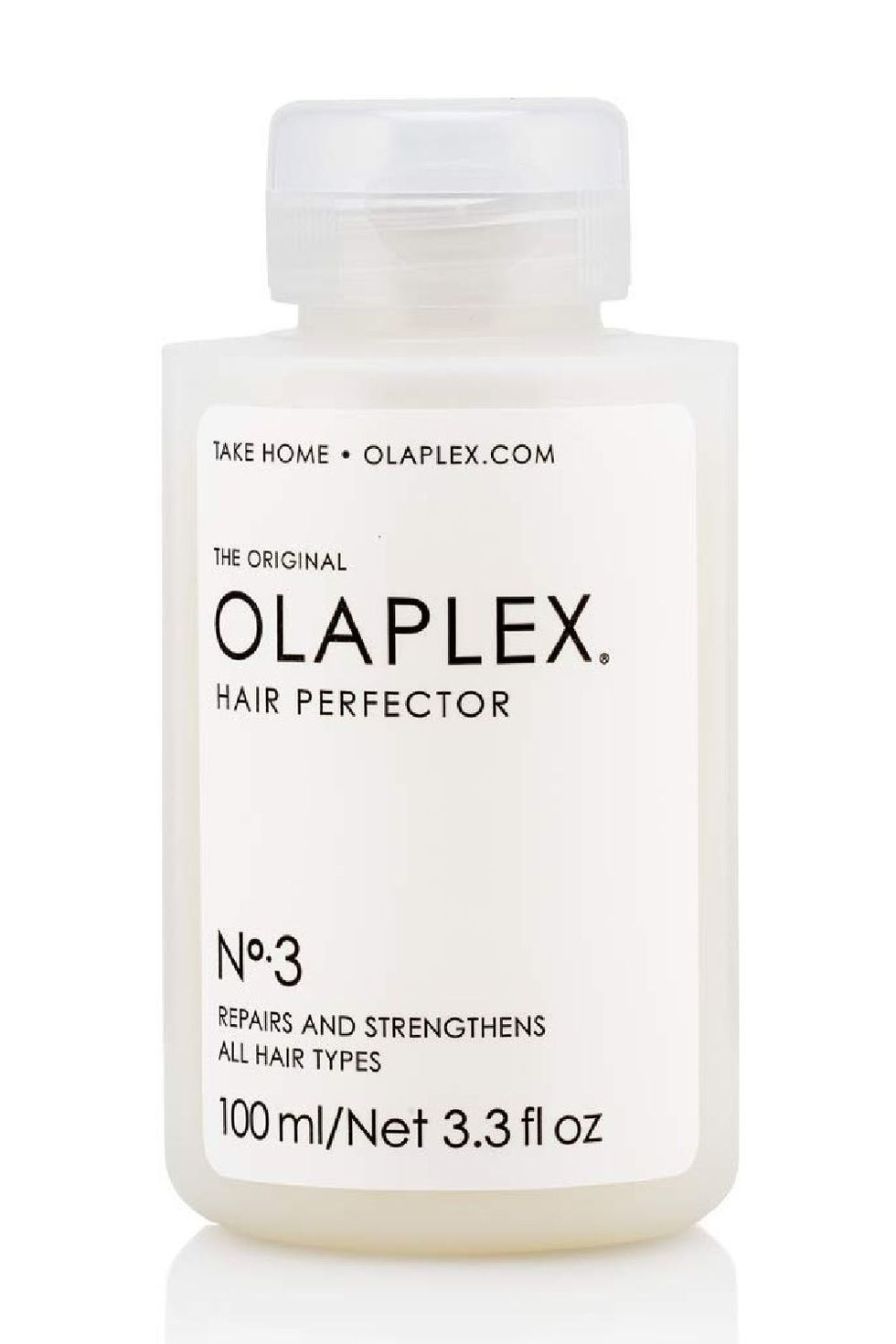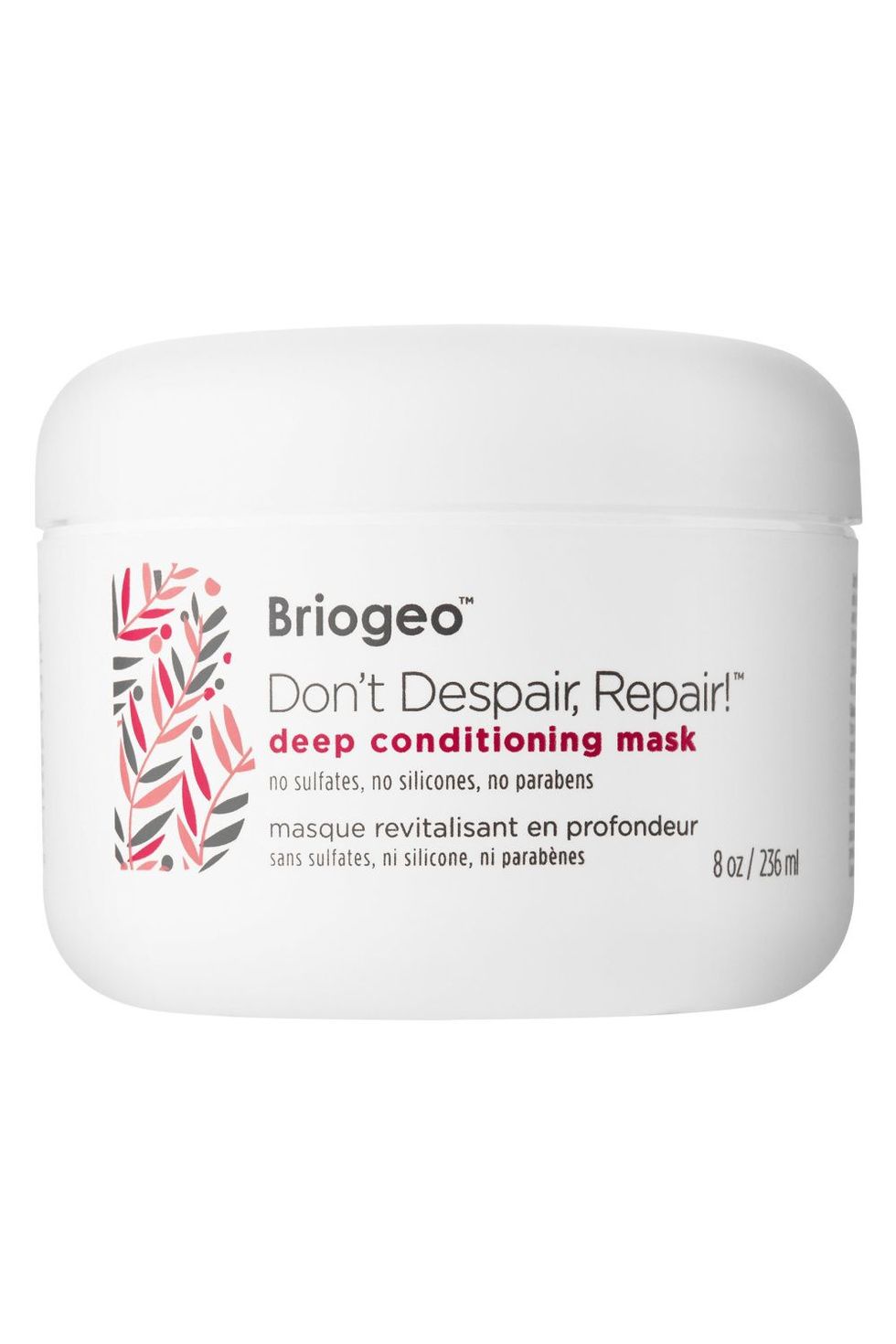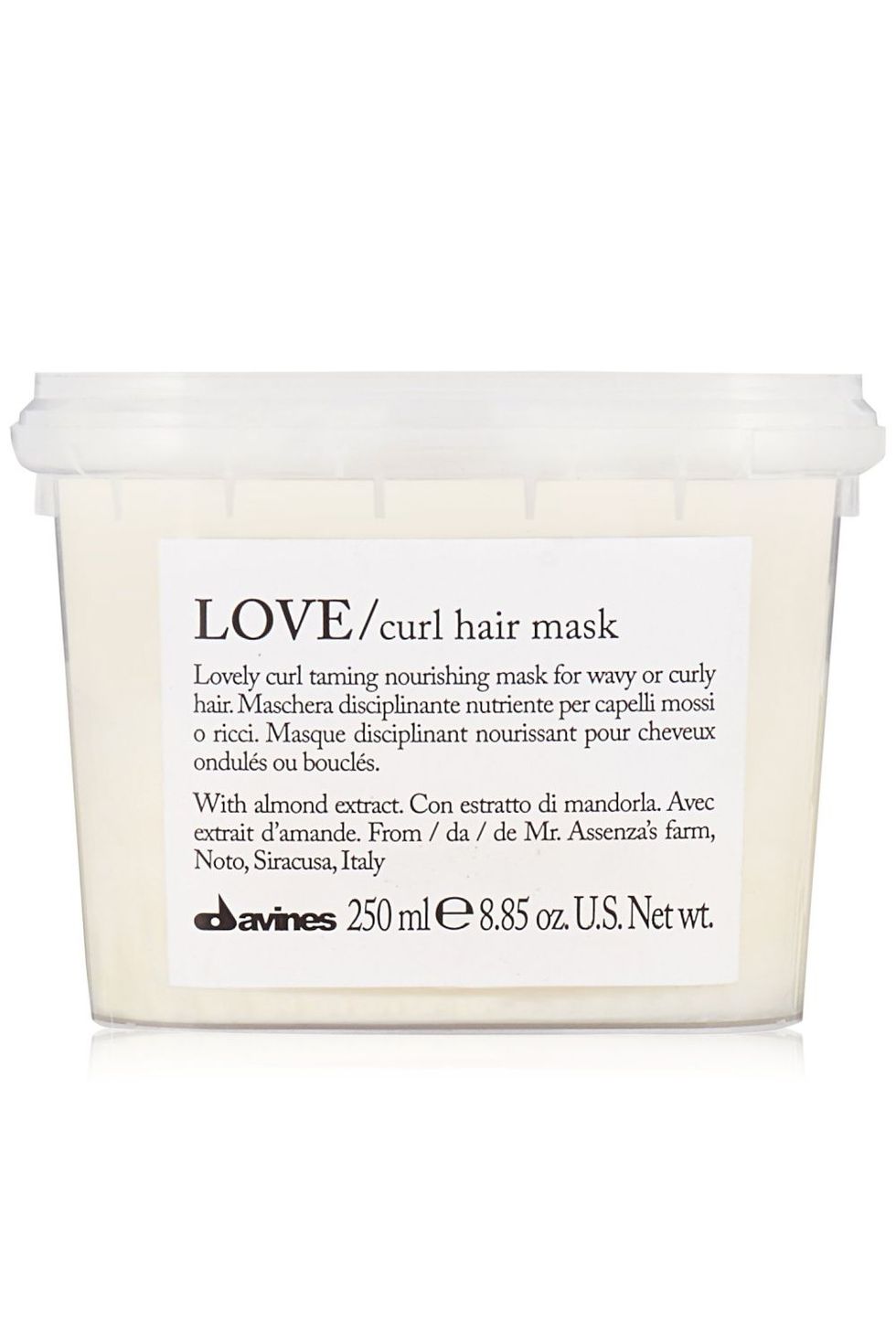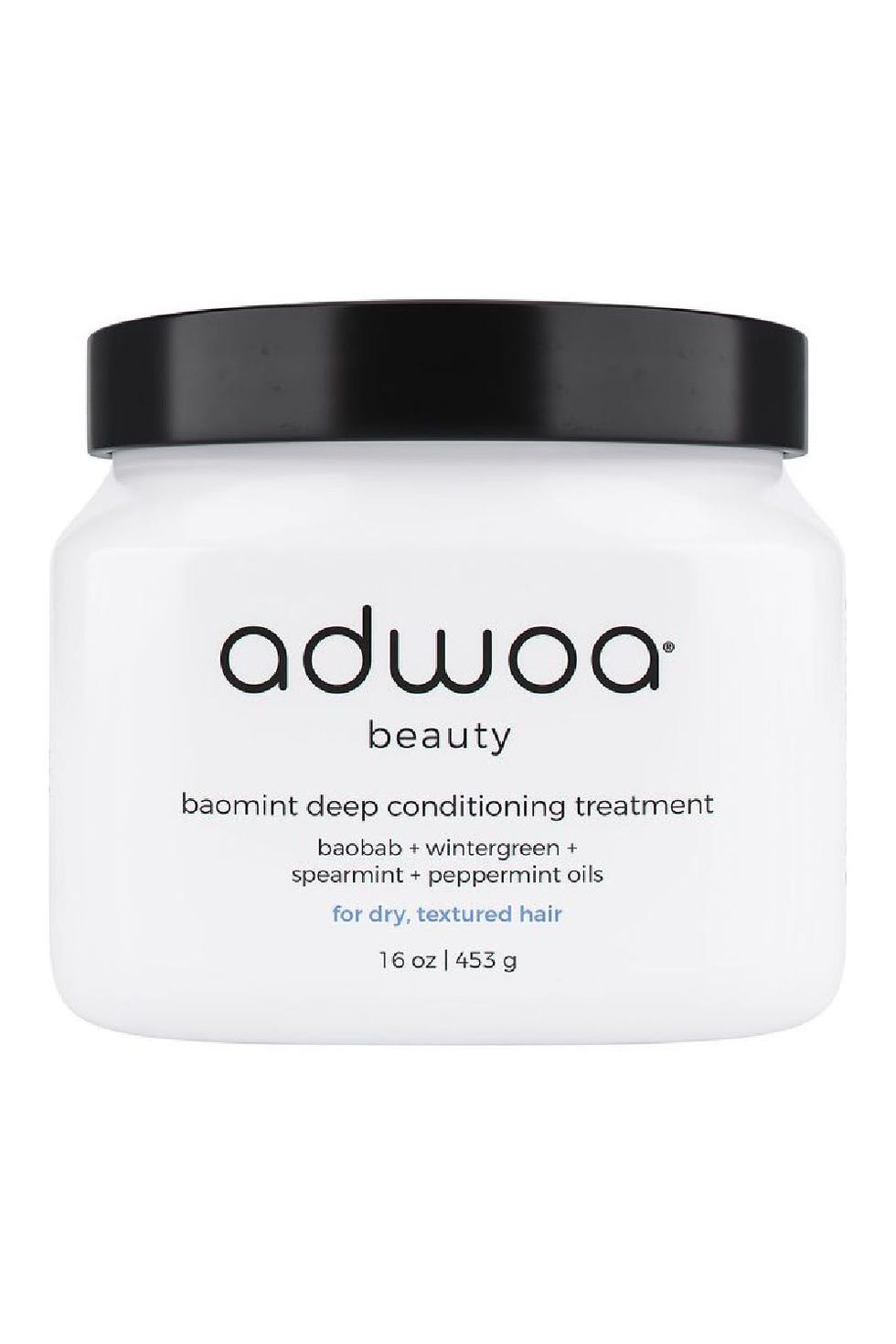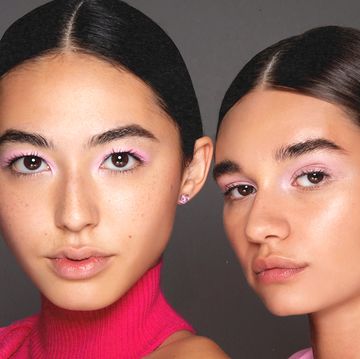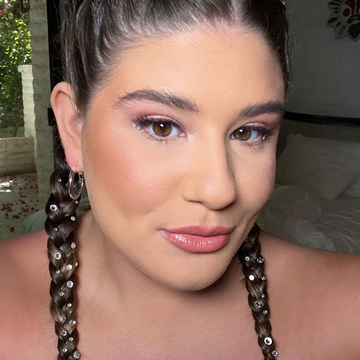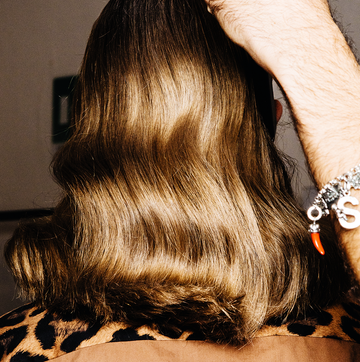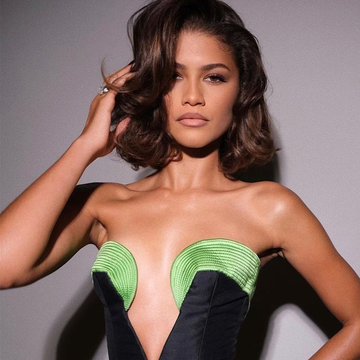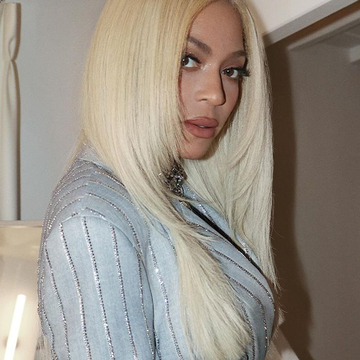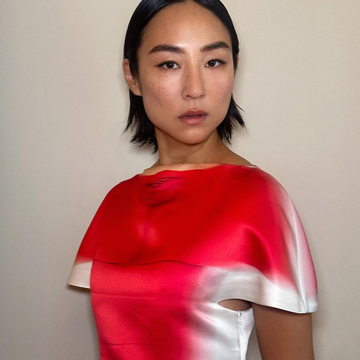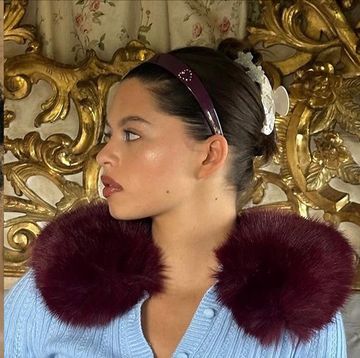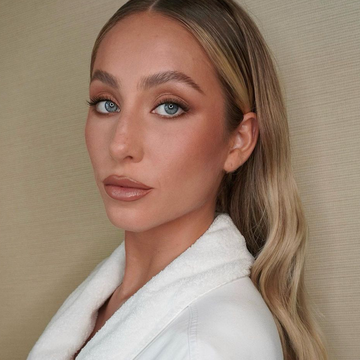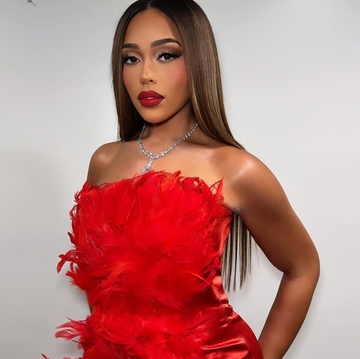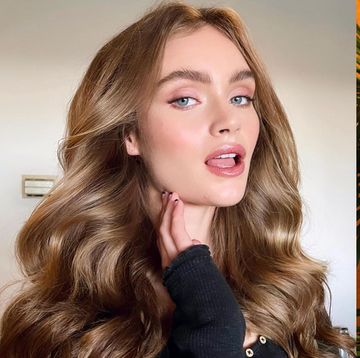When it comes to throwback hairstyles, perms are pretty much as iconic as it gets. Although we typically associate the hairstyle with the '80s, perms have been around much longer than that, which is why the hair treatment is largely seen as, well, kinda outdated. But if you thought that perms were limited to only one look (probably the one we all picture when we hear the word "perm"), then you were today years old when you learned that modern perms can actually create a ton of different styles.
You see, perms are chemical treatments that break the bonds of the hair to change its structure, leaving you with a new texture. Whether you want a wavy perm, a tighter, more-defined perm, or just a perm that'll give you a little body and texture so you can cut back on heat-styling, there's a style out there for ya. But before you go buying that at-home perm kit (please don't ever do that), you're gonna want to read this guide first.
Is getting a perm a good idea?
If you've done your research (you're here, so that's a good first step), you're ready to make the commitment, and you're planning on going to a professional, then yes, definitely. But trying to give yourself a DIY hair perm? Not so much. I hate to be the party pooper, and I know there are a lot of things we tell you not to try at home (like highlighting your hair or removing gel polish), but this is really, really something that you shouldn’t try yourself. With all the required technique and skill, the different sizes and kinds of perm rods and rollers, and the countless types of perming solutions (which, for the record, are formulated with intense chemicals), there are just way too many factors for newbies to consider.
And honestly, perms are even challenging for some professional hairstylists to pull off. So if you've found someone or a salon that specializes in a specific perm you're interested in, consider making the trip to ensure that it turns out the way you want (because, spoiler alert, perms aren't cheap). At the end of the day, it's definitely not worth sacrificing your hair to save a few bucks.
Are there different perm types?
Back in the day, perms were very one-size-fits-all, but today you've got all different types of perms with different processes to suit your preferences—whether you want something soft and wavy, or more defined and curly. The biggest and main difference between present-day perms vs. the classic perms of the past is the technique. The TL;DR: Modern perms are all about customization.
In general, the type of perm your stylist uses will be determined by their personal style and technique, so it's best to do a little research to make sure you're on the same page before your appointment. There are way too many types of perms to walk you through each one (just being honest!), but these are definitely a few of the most popular options:
First, you've got your standard perm, which uses traditional, plastic perm rods to give your hair a more defined curl. Then you've got your softer, looser perms to create more movement and texture if you're someone with flat, fine, or bodiless hair. Some examples are the MareWave by Mare Salon in Los Angeles (which requires larger rods and different sectioning techniques to create more volume, texture, or body) and the digital perm (which involves rollers that attach to a machine to control the heat, giving the hair a beachy texture).
But perms aren't only for transforming straight hair into wavy or curly hair. If you already have curly or coily hair, you can get a relaxer (sometimes called a perm, which softens the curl for a straight finish) or a curly perm (when the hair is still curly but you've altered the texture or the curl pattern). A couple examples of curly perms are the Wave Nouveau (which starts with a cream to first straighten the curl) and the GinaCurl by Hair's Talent (which doesn't require double-processing).
Are you exhausted yet? Because I am. The point I'm trying to make is there are a million different perm types, techniques, and names, so don't just choose the first one that pops up. Do your research and find the perm that'll work best for you and your desired end results.
Do perms ruin your hair?
Can they? Absolutely. I mean, the internet is full of perm disasters for a reason—you're working with chemicals that are powerful enough to change the texture of your hair, which is why it's so important to see a pro. An experienced professional knows to take into consideration your hair type, texture, porosity, past treatments, color history—you get the idea. It’s a lot to keep up with, which is why, again, it’s better left to the hands of a hairstylist.
According to Kiley Fitzgerald, hairstylist at Mare Salon who specializes in the MareWave, those with heavily highlighted hair (that includes bleached) or already damaged hair should avoid perms. If you try to perm hair that's already damaged, you're just going to damage it more, says Fitzgerald.
How long does a perm last?
Generally, perms last anywhere from four to six months, but fun fact: The word "perm" is actually short for "permanent." Because you're actually changing the hair's texture, a perm doesn't just go away—you have to grow it out. If your perm is much softer than the classic '80s perm, your hair will grow out nicely without being too obvious. Otherwise, you'll probably want to go back for touch-ups around the six-month mark if you want to maintain your perm.
How much does a perm cost?
If I haven't drilled it into your head enough, perms (especially the good ones) aren't easy. Because of the difficulty level, you'll want to make sure you go to someone who's very experienced in the technique, so prepare to shell out some cash. Determined by the type and the salon, the price of hair perms vary, but you can expect to pay a base rate, sometimes up to a couple hundred dollars, plus more depending on the length and thickness of your hair.
How do I prepare my hair for a perm?
The number one most important step in preparing for a perm is to schedule a consultation with your stylist before the treatment to find out if you're even a good candidate. If you're someone who colors their hair, that's an important consideration that needs to be brought up with your stylist before your perm. Once it's been decided that a perm will work for you, Fitzgerald suggests strengthening your strands with conditioning treatments leading up to your appointment for the best results.
What should you not do after a perm?
This also depends on the type of perm, but generally, you shouldn't wash your hair with shampoo for two to three days (we've all seen Legally Blonde, right?), and Fitzgerald also tells clients to avoid tight hair ties and hats before that first wash. Basically, you want to avoid doing anything that might alter the shape you've just worked so hard (and paid so much) to get. After that first wash, you'll also want to opt for air-drying over heat-styling with curling irons or straighteners as much as you can to protect the curls.
How do I keep my perm curly?
Hope you didn't finish off that bottle of deep conditioner while prepping for your appointment, because you'll also want to use conditioning treatments at least once a week to maintain the integrity of the perm. It's also a good idea to invest in a silk pillowcase, if you haven't already, or sleep with a hair bonnet to protect your strands from friction, tangles, and frizz while you toss and turn.
If you're new to curly hair, it's important to note that curls aren't any easier to style than straighter strands, but if you love your new shape and texture, it'll be worth any extra time spent. The first step is to trade out your regular formulas (especially the ones with sulfates) with wavy or curly hair products. Then, figure out how the heck to use all those products (check out the Curly Girl method if you now have anything between 2c to 4a curls) and experiment to find an application technique that works best for your new look.
The final word
If you're looking for a relatively easy way to try out a new hair texture, you should definitely consider going for a perm. Just remember: You can't DIY your perm (no exceptions!) and you'll want to book a consultation with a professional to make sure you're an ideal candidate. That said, there are so many types of perms available today that you're basically guaranteed to find a style you love.
